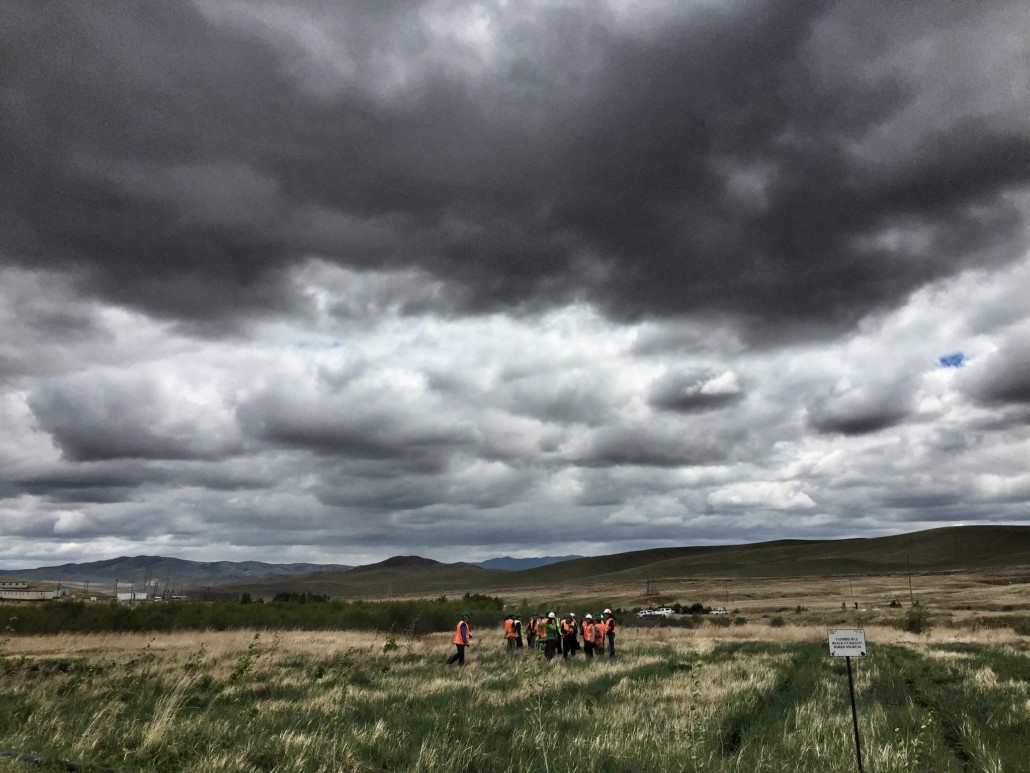Mineral Law of 1997
This Mineral law, developed with support from the World Bank, passes and provides lax regulations on obtaining exploration licenses and promotes private sector participation and foreign investment. It opened the door to international mining actors.
This Mineral law, developed with support from the World Bank[1], passes and provides lax regulations on obtaining exploration licenses and promotes private sector participation and foreign investment[2]. It opened the door to international mining actors. Specifically it includes:
- Exemption from taxes;
- Provision of tax rebates;
- Estimation of depreciation costs that could then be excluded from taxable income;
- Having losses excluded from taxable income; and
- Exclusion of employee training costs from taxable income. [3]
[1] For discussion see Hatcher 2014:106, McMahon (2010;25) https://siteresources.worldbank.org/INTOGMC/Resources/336099-1288881181404/7530465-1288881207444/eifd19_mining_sector_reform.pdf, and http://www.worldbank.org/en/results/2013/04/14/mining-results-profile, retrieved 6 December 2016.
[2] “[T]he most investor-friendly and enabling law in Asia” according to the World Bank (2004) http://documents.worldbank.org/curated/en/867261468323101510/pdf/332480ENGLISH01ng1sector1report1ENG.pdf, See also Byambajav (2012) Hatcher 2014, 2016, Lander 2013, Sukhbahtar 2012 and USGS 1999
[3] Investment Law, Articles 11.1.1-11.1.5 (2013) (Mongolia.)

 EITI - Wouter Biesterbos via Flickr CC2.0
EITI - Wouter Biesterbos via Flickr CC2.0